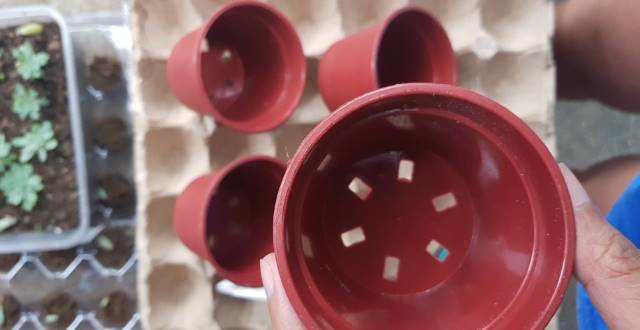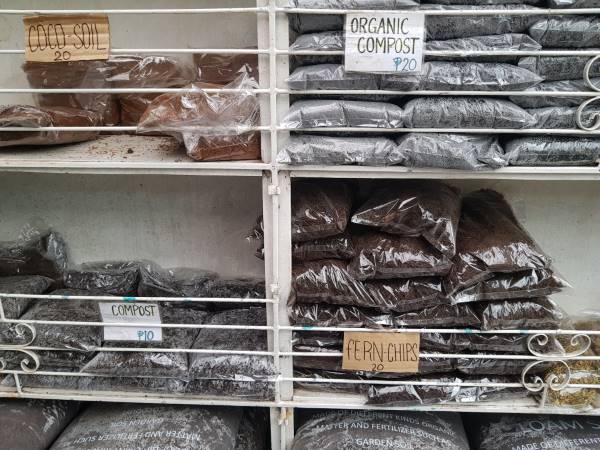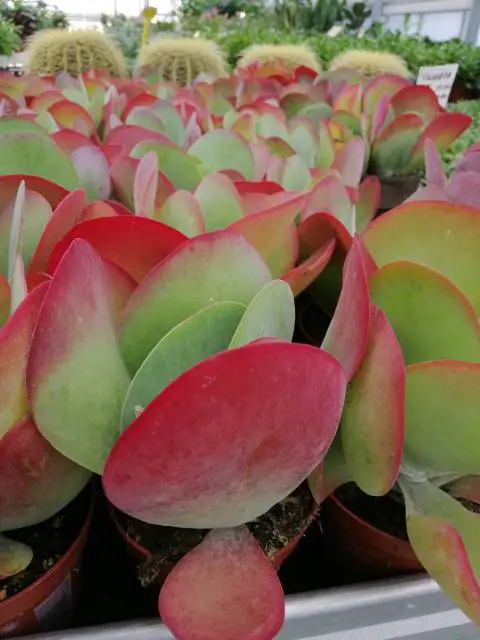Kalanchoe sexangularis is an evergreen, hardy succulent subshrub with great decorative value. The red foliage of this Kalanchoe succulent is very appealing that makes it a must-have for the rock gardens or patio. The most important thing about this succulent is that it can flourish under dappled shade. The flowers of Kalanchoe sexangularis attract butterflies, bees, and several other insects and insect-eating birds. This succulent requires very little care and makes a great display as ground covers and in the home gardens.
| Common Name | Bushveld kalanchoe, Red-leaved kalanchoe, Six-angled Kalanchoe |
| Synonyms | Kalanchoe rogersii, Kalanchoe rubinea |
Origin and Habitat
Kalanchoe sexangularis is native to South Africa. In South Africa, the provincial distribution of this Kalanchoe succulent type is in Mpumalanga, Limpopo, and KwaZulu-Natal. This plant is not only prevalent in South Africa, it is also abundantly found in Swaziland and Zimbabwe. It preferably grows on rocky places, often near the hills or ridges in the bushveld.
What are the general features of Kalanchoe sexangularis?
Kalanchoe sexangularis is a robust succulent that grows upright on squared or ridged stems. The stems are green when young and turn brown and flaky as the plant reaches maturity. The stems can become lax and droopy and can lie flat when the leaves become very large and heavy for the stems to support. Kalanchoe sexangularis reaches a height of 1.5m. The plant has a spreading growth habit and can spread in a large area
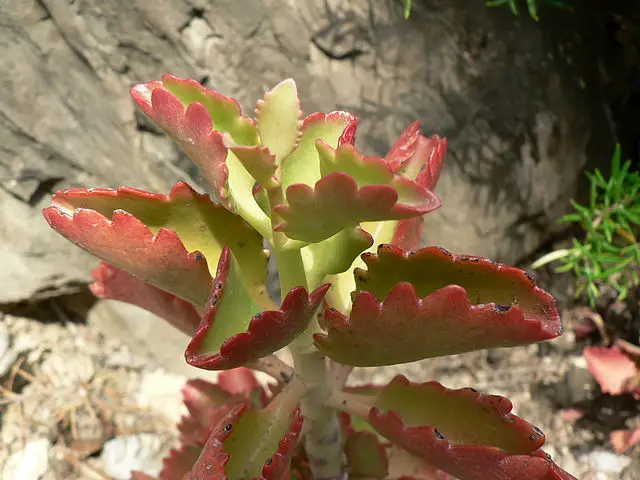
Leaves are broad, elliptical, shiny, and deeply serrated typically reaching 50-120 mm in length. The leaves have scalloped margins that are tinged red along the margins. If the succulent is grown under the shade the leaves appear greenish-red but under the full sun, the leaves appear ruby red. The leaves can also turn red when the temperature drops during the winter months.
Blooming season
Kalanchoe sexangularis blooms merrily in the spring season by producing beautiful yellow flowers. It will be an amazing addition to your plant collection if displayed in a beautiful container.
How to Grow and Care for Kalanchoe sexangularis?
Like all other Kalanchoe succulents, Kalanchoe sexangularis loves to thrive under bright sunny locations. However, unlike other succulent, they can also thrive well in dappled shade. Outdoor succulents can be planted in full bright sun to partial shade.
Light is the critical requirement for the healthy growth of Kalanchoe sexangularis. Place your indoor succulents near a bright sunny window. Or you can also keep your succulents outdoor during the day for plenty of light exposure. Avoid exposure to direct intense sunlight because it can cause sunscald.
Soil medium
Kalanchoe sexangularis needs a well-draining soil medium. It can be grown in a standard succulent mix readily available in the market. Or you can prepare the soil medium on your own by mixing 40 to 50% sand with peat moss.
Temperature
Kalanchoe sexangularis prefers to grow at warm temperatures. It is extremely sensitive to below freezing temperatures. The minimum temperature it can tolerate is 20° F. If the temperature drops below 20° F it can easily cause frost damage or injury.
USDA hardiness zones
Kalanchoe sexangularis is a hardy succulent in USDA hardiness zones 9a (20 ° F) to 11b (50 ° F).
Kalanchoe sexangularis Watering
Kalanchoe sexangularis is tolerant of drought. It requires moderate watering. Always water well to give your succulents a drink full of water. Then wait for the soil to dry between watering.
Insert your finger in the soil if the top 1 to 2 inches are completely dry, water your succulents well. Strictly avoid overwatering because it can cause root rot and decay.
Kalanchoe sexangularis doesn’t require a specific humidity for its growth. It can generally take all levels of humidity.
Fertilization
Kalanchoe sexangularis gets plenty of nutrients from the potting medium. It doesn’t need special fertilization. However, you can use a manufacturer’s recommended fertilizer to give an extra dose of nutrients to your Kalanchoe succulents. Feed your succulents biweekly or monthly and avoid fertilization in the dormant season.
Kalanchoe sexangularis Propagation
Kalanchoe sexangularis can be propagated by using suckers, leaf, and stem cuttings. You can take the leaf and stem cuttings by using a clean scissor. Suckers can be harvested from the succulent throughout the year. Set aside the cuttings and the suckers at a dry and warm place for a couple of days to callous.
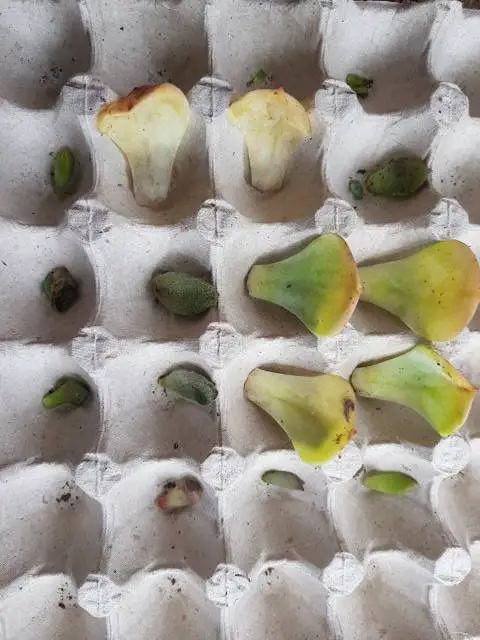
Take clean containers and fill with a standard succulent soil mix. Put the calloused cuttings at the top of the pre-moistened soil. For the first few days keep misting the cutting 5 to 6 times a day.
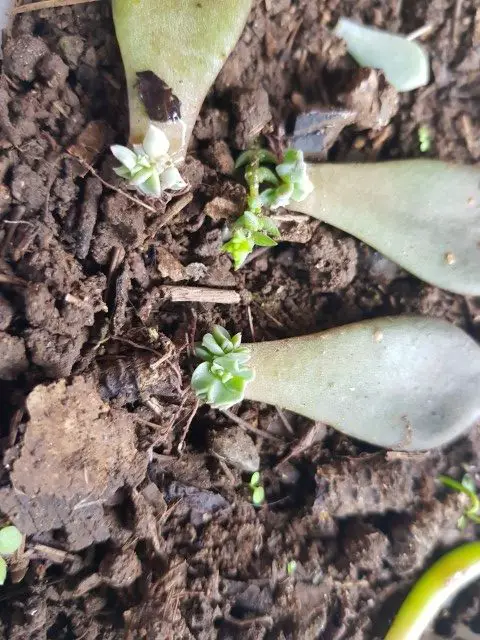
Place the pots beside a window with indirect sunlight and avoid exposure to direct sunlight. The cuttings will start rooting in 2 to 3 weeks and will be ready for transplantation into new pots.
Kalanchoe sexangularis Repotting
Kalanchoe sexangularis does not require repotting very often. However, a general rule is to repot all Kalanchoe succulents every 2 years, it will provide a nutrient-rich medium to the succulents for their healthy growth. It is also advised to repot every time you buy a new succulent from the market, or when the container has poor drainage, or if the succulent is infested by insect pests.
Pruning
Kalanchoe sexangularis is a fast-growing plant with a spreading growth habit. The older plants need grooming very often to keep the plant growth tidy and organized. It will also ensure the luxurious and healthy growth of the succulent. You can also remove dead leaves and spent blooms to encourage new and healthy growth in the next season.
Is Kalanchoe sexangularis poisonous?
Kalanchoe sexangularis can be poisonous to pet animals, cattle, and birds. Though Kalanchoe sexangularis is safe to humans, it should be kept away from the reach of toddlers.
Problems and Pests
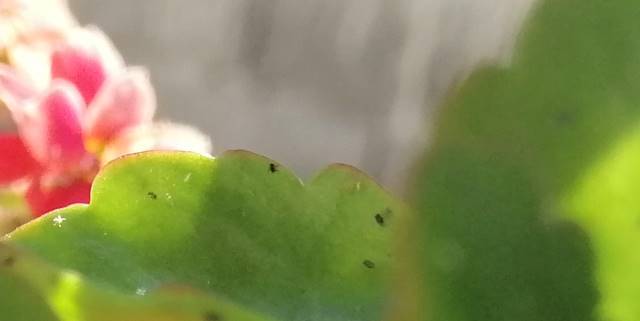
Kalanchoe sexangularis is not prone to insect pests and diseases. Aphids, mealybugs, and scales can be spotted occasionally. You can rub the plant parts with alcohol to get rid of the insect pests. Or you can also use neem oil spray or an insecticidal spray.
Overwatering is the biggest enemy of Kalanchoe sexangularis. Avoid overwatering as it can encourage fungal growth and cause root decay.
Which succulents can be grown together with Kalanchoe sexangularis?
Kalanchoe sexangularis makes a great contrasting plant in combination with Kalanchoe longiflora, Cotyledon orbiculata, Oscularia deltoides, Curios crassulifolius, and several other grey foliaged plants.
What are the uses of Kalanchoe sexangularis?
Kalanchoe sexangularis is a versatile plant that increases the value of succulent gardens. It can be used in rockeries, borders, or as a filler in mixed bed planting. It is suitable for growing in bushveld or coastal gardens. It is also great as a container plant and can be kept in indoor or outdoor gardens. This Kalanchoe succulent doesn’t have any medicinal uses.


